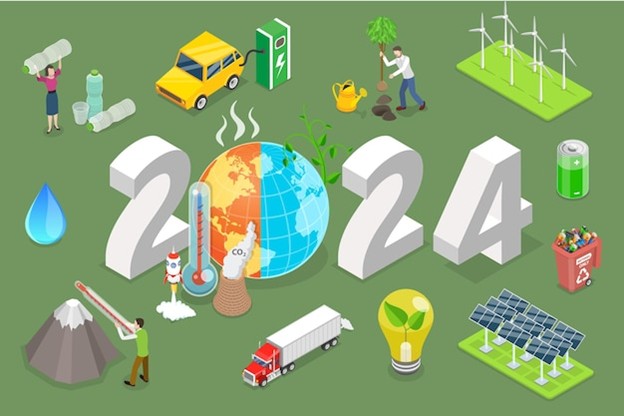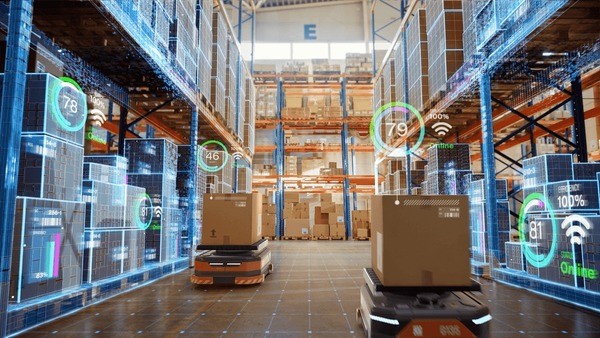fraunhofer developed biobased plastic films from algae. in the project "eclipse" fraunhofer has "care" developed in an international consortium an innovative packaging concept that dispenses both fossil fuels than is unrivaled for food industry. the two developed films made from waste materials and algaebased biomass, can be composted and evaluated for their environmental performance. algae compete as an alternative source of biomass for bioplastics not with food and even some fall as residues from industrial applications. for future biomass waste from the production of biodiesel algae can be used in the project "eclipse" for the production of biobased plastic. the novel packaging materials composed mainly of polylactic acid pla, which is extracted from algae. the properties of the plastic are chitin of shellfish improved through the use of nanoscale fibers and fillers from banana and almond shells or fishing waste. the bionanoplastic composite thus produced was processed into two biobased and biodegradable plastic films. nanoscale chitin makes agricultural film resistant the functionalized with nanoscale chitin shells material has a high material strength and is resistant to material damage. also due to its antifungal properties, it may in future be used in industrial production of biodegradable agricultural films din en 13432 application. "the preparation of homogeneous blown film was first carried out in the pilot plant of fraunhofer umsicht and then as an industrial process on a conventional blown film line for films of polyethylene with the project partners banacol in colombia.here was successfully up to 10 microns thin mono blown film produced at a rate of 100 kg h, "explains dipl.ing. hendrik roch, division biobased plastics at fraunhofer umsicht. the material could be processed in stable process even under temperature settings that are common for polyethylene films else. the film shows a high degree of flexibility elongation at break of more than 300 per cent and strength, is milkytransparent and can be easily colored with additives as well as uvresistant be made.in field trials for ripening of bananas, the plastic has already been used in two climatically different plantations of banacol. liquidtight and flexible with inorganic nanofillers the second examined the application is a compostable film as a standup pouch packaging for wet wipes. the developed plabased film formulation containing functionalized, inorganic nanofillers. the transparent material can be easily processed on a conventional cast film line and has excellent strength values. to keep the flexible packaging and to ensure a low permeability of oxygen and moisture, the extruded flat film was laminated with a barrier film. "the material is still somewhat stiffer than, for example, conventionally used pet pe film polyethylene terephthalate polyethylene films for standup pouches, generally the material properties of bi






